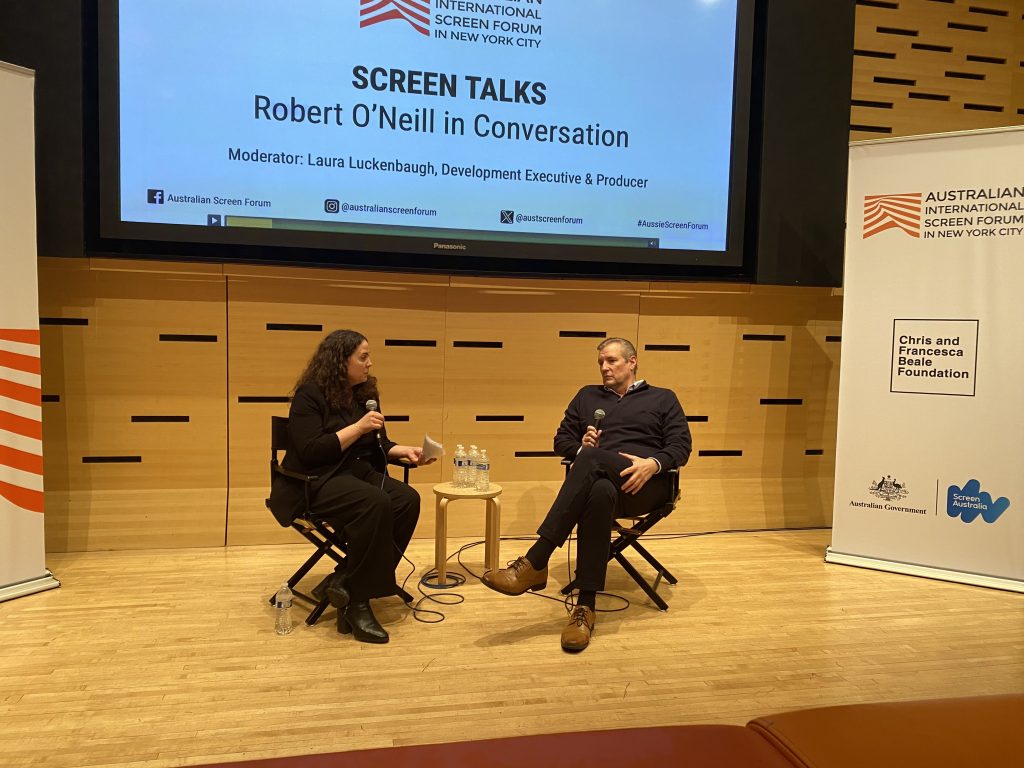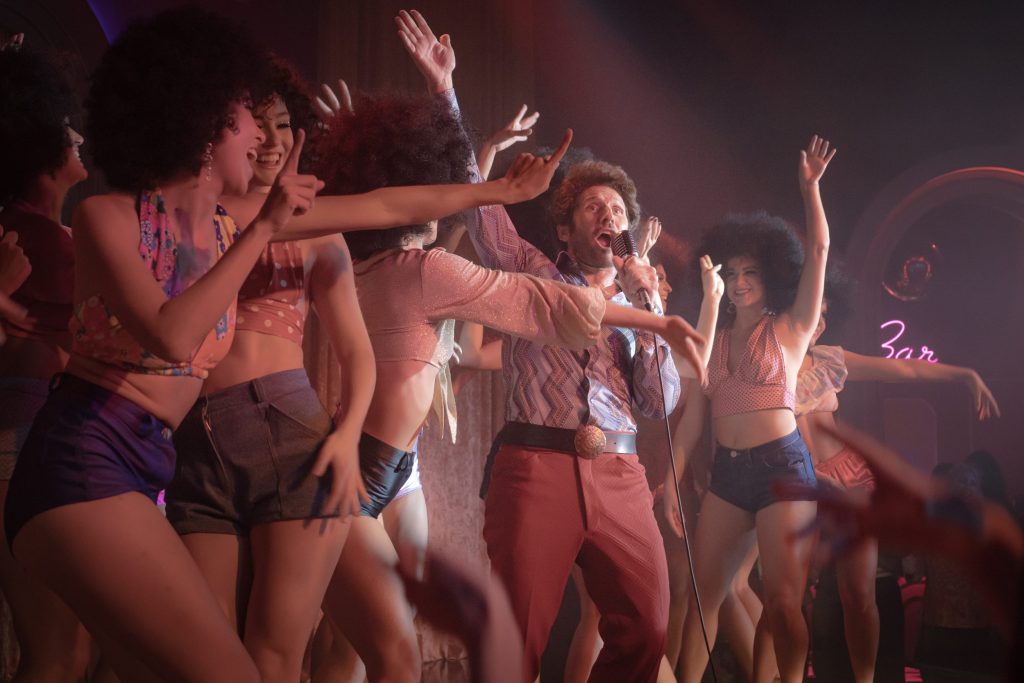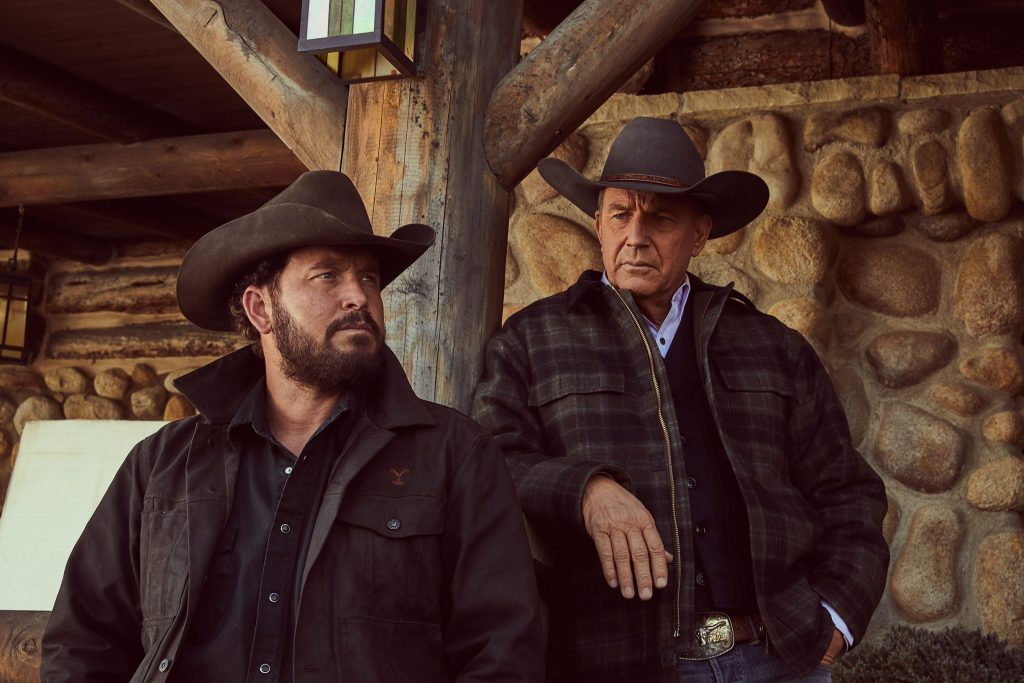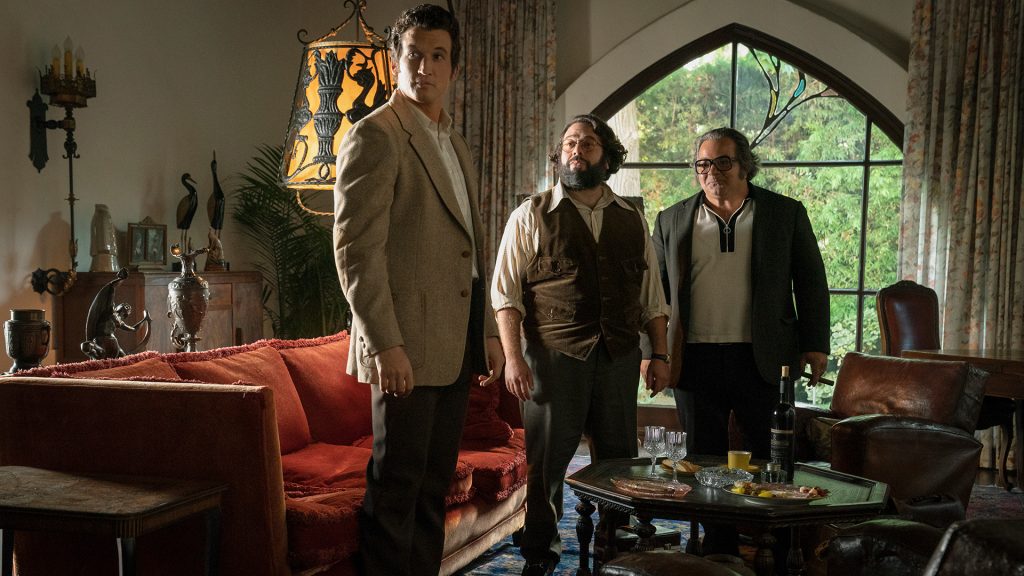It’s every visual storyteller’s dream – getting greenlit. Being greenlit, or essentially having your project move forward with financing, is the first major step to bringing your story to life.
“Being greenlit is being able to move forward with the project. In the”real world, that would be attached to funding,” says Jenni Powell, the Chair of the NYFA Los Angeles Producing department.
In NYFA’s hands-on producing program, Jenni explains that being greenlit enables students to move forward in certain elements of the program. For instance, MFA and BFA-producing students participate in a Pitch Fest at the end of their program. To participate in Pitch Fest, students go through an immersive greenlight process.
Similar to any production shoots they are a part of, the greenlight process ensures students have all their elements in place to perform a safe and productive shoot. This helps prepare students for the real process of getting their projects greenlit in the entertainment industry.
Get Greenlit: What Every Aspiring Storyteller Needs to Know About Streaming
NYFA recently attended the 5th Australian International Screen Forum in New York, where Paramount Global’s Rob O’Neill shared his advice for aspiring storytellers looking to get their projects into production. During his session, O’Neill related to aspiring storytellers, as he moved to LA from NYC. At first, O’Neill admitted, similar to many new filmmakers, actors, screenwriters, and producers, that he “didn’t know anyone in the room.”

After his move, O’Neill quickly shifted from being an actor to offering to work at his agency in the mailroom. Today, he is on the green-light committee at Paramount. Throughout the hour-long conversation, he shared multiple insights into how Paramount, specifically, Paramount Plus, acquires and selects their programming. Here are some of the top insights.
Shows like South Park helped them keep the lights on during Covid
During the pandemic, O’Neill talked about how shows with a large library, such as South Park, “kept the lights on” at Paramount. With so many shows on hiatus during Covid, many viewers returned to old favorites already streaming on Paramount, Netflix, Hulu, and Disney Plus.

The pandemic launched streaming services into the forefront of entertainment, as many production companies chose to release films right through these platforms.
Selecting shows viewers may enjoy around original content
O’Neill talked about how companies structure their content libraries, often investing in shows with similar subject matter and themes as their original content. The Paramount Plus show Yellowstone, for example, is a part of the Paramount strategy of “building a house,” supported by shows such as 1923 with Harrison Ford and Helen Mirren and Lioness, starring Nicole Kidman, Zoe Saldana, and Laysla De Oliveira.

MGM Plus, for instance, has a selection of fast-paced thrillers, dramas, and historical shows. Hotel Cocaine, a highly anticipated series, is joining the platform in June 2024, directed by NYFA alum Sara Seligman in her directorial debut on television. The series explores the gritty underworld of a luxury hotel where power, corruption, and deceit collide, making it a good addition to the streaming service.
Each network has its own personality
One of the biggest takeaways from O’Neill’s talk was the point that every network has its own personality. “MTV is mostly originals,” O’Neill pointed out.

Paramount Plus, however, has a balance of acquired content such as Seinfeld, original series, such as Yellowstone, and limited series, such as The Offer. When developing a film or original television series, it’s important for creators to think about how their show would sit on their service. Not every show will be the right fit for every network.
The value of a deep library
While there’s been a shift in the number of episodes per season for recent releases, television shows with deep libraries are still incredibly valuable.

Take TV shows such as Grey’s Anatomy starring NYFA alum Camilla Luddington, which has 20 seasons, as well as the 25-season series Law and Order: SVU, starring NYFA Guest Speaker Christopher Meloni, and an appearance from NYFA board member and actor Matthew Modine. The shows are regularly rewatched by fans and provide a built-in audience for streaming platforms.
Budget matters
When it comes to television, expectations have gone up. O’Neill used the example of HBO’s Game of Thrones. The show had an expansive budget, allowing for better specific effects, CGI, costumes, actors, and much more. The Game of Thrones finale, “The Iron Throne,” which NYFA 3D Animation & VFX alum Alexandra LoRusso worked on, including the famous melting of the iron throne, cost $15 million to produce.

“It’s about finding the sweet spot of affordability,” O’Neill said. Basically, it may be challenging to pitch a big-budget project to a production company when you’re first starting out. Shows like The Misadventures of Awkward Black Girl, created by and starring NYFA alum Issa Rae, It’s Always Sunny in Philadelphia, and Broad City initially didn’t have huge budgets, but were still compelling enough to sell their shows to top networks.
Some networks run incoming pitches through AI
While O’Neill said that he didn’t “particularly want to be in that AI business,” he shared that some production companies run their pitches through AI. By running pitches through AI, companies can try to predict whether or not their desired audience will be receptive to the show or movie. “If AI loves it,” O’Neill said, “They love it.” While this may discourage some creators, the takeaway should be that it’s vital to understand the audience of the network or production company that you’re targeting. By knowing who the audience is, you can understand whether or not your project is the right fit.
It’s all about timing
When it comes to pitches, sometimes, it’s all about timing. There are a lot of additional aspects of projects, outside of the actual work, that every aspiring storyteller should consider. Networks need to sell shows and to do so, they need to consider how shows will be marketed and promoted.

When considering a project, they’ll wonder where the promotional opportunities are. “It’s all about momentum,” O’Neill said. He discussed the Paramount Plus series The Offer, a show about the making of director Francis Ford Coppola’s The Godfather, which also featured NYFA alum Michael Gandolfini.
Paramount not only owned the rights to The Godfather, but they also had access to Al Ruddy, the producer who would be the focus of the story (portrayed by Miles Teller on the show.) Additionally, there was an upcoming anniversary of The Godfather. It was an ideal time to tell the story.
Fun fact: Al Ruddy, is a former NYFA Guest Speaker!
Have something good to show
One of the best pieces of advice that O’Neill gave during the talk was about having content to show a production company. “It’s great to have something to show,” O’Neill said, citing the web series Broad City that eventually became a series on Comedy Central. “Good is going to win,” O’Neill said. “Get it to us in a way where we can see the value of it.”

This is where students can excel by mastering the fundamentals of content creation, and learning how to leverage various video and social media platforms. By learning how to create and promote their own work, students can bring potential funding and promotional partners into their world.
Step Into The Future of Producing at NYFA
Producing is a field that is always evolving, and it’s vital for aspiring producers to learn the fundamentals as well as the latest industry trends. At NYFA, students learn every step of the production process, learning how to create a film, television show, or multimedia project from start to finish.
NYFA offers producing programs in New York and Los Angeles, as well as NYFA Australia, where students can network and collaborate with their peers, develop essential skills, and build the expertise, knowledge, and confidence needed to bring their stories to fruition.
Ready to get started in Producing? Learn more about our programs today!